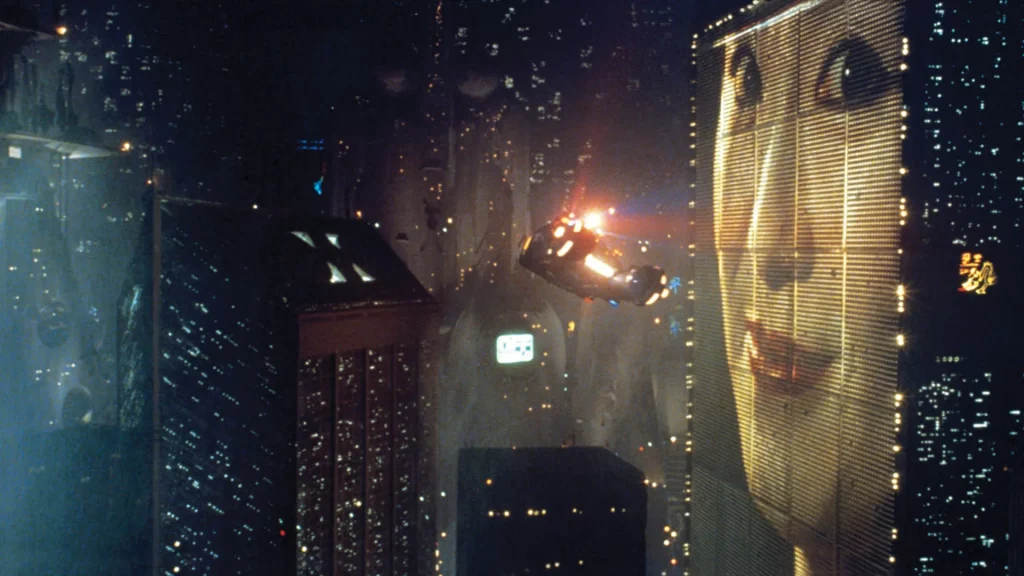
Both Blade Runner (1982) and Neuromancer (1984) dive into the central question of what it means to be human, but their approaches differ. They view the question through different perspectives: one through replicants, and the other through artificial intelligence. Each work stands as a monument of the cyberpunk genre, both examining human identity in a world where the line between human and machine grows increasingly blurred.
Replicants are bioengineered creatures made to serve humans in Blade Runner; they are frequently viewed as disposable tools. Nevertheless, they have memories, feelings, and desires, which raises the fundamental question: are replicants people, or are they just machines that replicate human behavior? Roy Batty is a perfect example of this dilemma. Despite being pursued, he shows compassion in his last moments by saving Deckard’s life. His well-known monologue about lost experiences, “I’ve seen things you people wouldn’t believe,” delves deeply into his own life and forces the audience to reevaluate what it means to be human. The replicants shown in Blade Runner urge viewers to consider whether humanity is more defined by mind and experience than by biology.
Through its depiction of cyberspace and artificial intelligences (AIs), Neuromancer delves into this theme. The protagonist, Case, is a broke console cowboy (hacker) who explores his own identity while navigating both virtual and real-world surroundings. His interactions with the AI Wintermute, which seeks to combine with Neuromancer to transcend its current limitations, highlight how malleable awareness and intelligence are in the digital age. As AIs demonstrate decision-making abilities and desires, the lines separating humans and machines become increasingly hazy. The issue of identity is further complicated in Neuromancer by the matrix, or cyberspace, which offers a virtual environment in which human consciousness can exist apart from the physical form.
Both pieces of cyberpunk media explore how technology reshapes human identity. Whether through the replicants of Blade Runner, or through the AIs of Neuromancer, both works suggest that flesh and blood alone cannot define humanity. They argue, however, that what is truly essential to humanity is one’s capacity for autonomy, thought, and emotion—qualities that technology is beginning to emulate flawlessly.
Published by